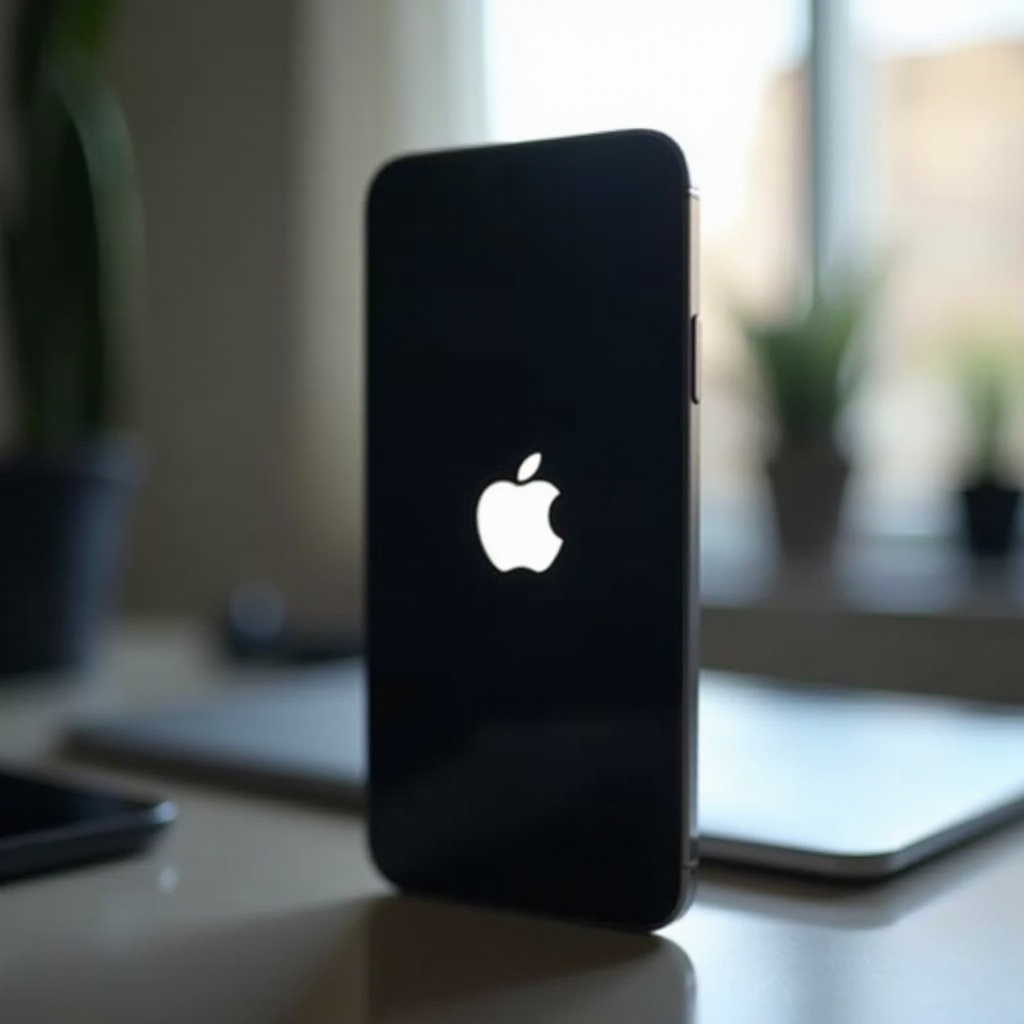
Introduction
Facing the disruption of your iPhone turning off and on repeatedly can be highly inconvenient. This issue can interfere with daily tasks, personal interactions, and even professional engagements. While the causes might vary, addressing this problem is crucial for a seamless device experience. In this guide, we delve into the reasons behind the persistent rebooting of your iPhone and outline helpful solutions to tackle it. Understanding the underlying causes empowers you to prevent future occurrences and maintain stable device performance. Let us explore these solutions together.

Understanding the Problem
To solve the issue of your iPhone’s continuous on-off cycle, it’s essential to grasp the potential causes. If your iPhone frequently reboots, it generally signals a need to address an underlying problem. Recognizing this, users often find themselves frustrated with no clear direction. Is the issue rooted in a minor software bug, or does it suggest a more profound hardware failure? Identifying the problem source is crucial, ensuring your efforts are efficient and your iPhone’s functionality is swiftly restored. By understanding the crux of the issue, you can apply a suitable fix.

Common Causes of iPhone Reboot Issues
Pinpointing typical causes behind these recurrent reboots can significantly aid your troubleshooting process.
Battery Malfunctions
A common culprit for unexpected shutdowns and restarts is a flawed battery. If the battery struggles to maintain a charge, it may cause the device to reset frequently to conserve power. This issue often becomes apparent when there is a sudden drop in battery percentage.
Software Glitches
At times, errors within iOS may induce a reboot loop. Incorrectly installed updates or software conflicts may provoke these issues.
Hardware Issues
Apart from battery troubles, faulty hardware such as broken connectors or damaged internal components can lead to these problems. Previous device mishandling, like exposure to water or significant drops, could imply hardware damage being responsible.

Essential Troubleshooting Steps
To bring your iPhone back to normal functioning, consider these basic solutions.
Restart Your iPhone
- Soft Reset: Press and hold the power button along with a volume button until the slider appears, then slide to turn off.
- Restart: Wait a few seconds after power off, then press the power button to restart the device.
Update iOS Software
- Check for Updates: Navigate to Settings > General > Software Update.
- Install: If an update is available, tap ‘Download and Install’ to incorporate the latest patches, often addressing bugs causing restarts.
Check for Faulty Apps
Certain applications might conflict with your iPhone, leading to unexpected restarts.
- Update Apps: Go to the App Store > Updates and update all current apps.
- Remove Problematic Apps: If issues persist, uninstalling recently downloaded apps may restore stability.
Advanced Solutions for Persistent Problems
If reboots continue, consider implementing more advanced solutions.
Restore from iCloud Backup
- Backup Data: Verify that your data is backed up to iCloud.
- Erase All Content and Settings: Proceed to Settings > General > Reset, tapping ‘Erase All Content and Settings.
- Restore: Post-erasure, opt for ‘Restore from iCloud Backup,’ selecting the most recent backup.
Use Recovery Mode
For unresponsive devices, recovery mode can be beneficial.
- Connect iPhone to Computer: Utilize a suitable cable connection.
- Enter Recovery Mode: On newer iPhones, keep holding both the volume down and power buttons until recovery mode displays.
- Restore iPhone: Agree to restore while using Finder or iTunes on your computer.
Visit an Apple Store
Should these approaches fail, seeking professional assistance may be essential.
- Appointment at Apple Store: Obtain device evaluation by Apple experts for both hardware and software considerations.
Preventive Measures to Avoid Future Issues
Proactively preventing reboots is often easier than resolving ongoing ones.
Regular Software Updates
Maintain updated iOS to avert bugs and operational hitches.
- Regularly inspect settings for updates, undertaking timely installations.
Battery Health Maintenance
Promoting battery health is vital for stable device operation.
- Steer clear of extreme temperatures, charging batteries only when necessary.
Proper Device Handling
Careful handling averts unnecessary damages.
- Use a robust case to guard against accidental falls and spills.
Conclusion
Managing an iPhone that recurrently turns off and on demands methodical troubleshooting and patience. By following the suggested steps, you can pinpoint the issue, applying both customary and advanced remedies. Routine maintenance and preventive efforts will sustain seamless performance, while professional help remains a viable option if all else fails.
Frequently Asked Questions
Why does my iPhone keep turning off and on even after a reset?
Battery issues or software glitches not resolved by a reset could still cause reboot cycles.
Can the problem be fixed without visiting an Apple Store?
Yes, many issues are solvable by home troubleshooting; the guide provided should help.
Is it possible for a software update to fix the reboot issue?
Software updates often include bug fixes that can resolve problems that cause reboots.
